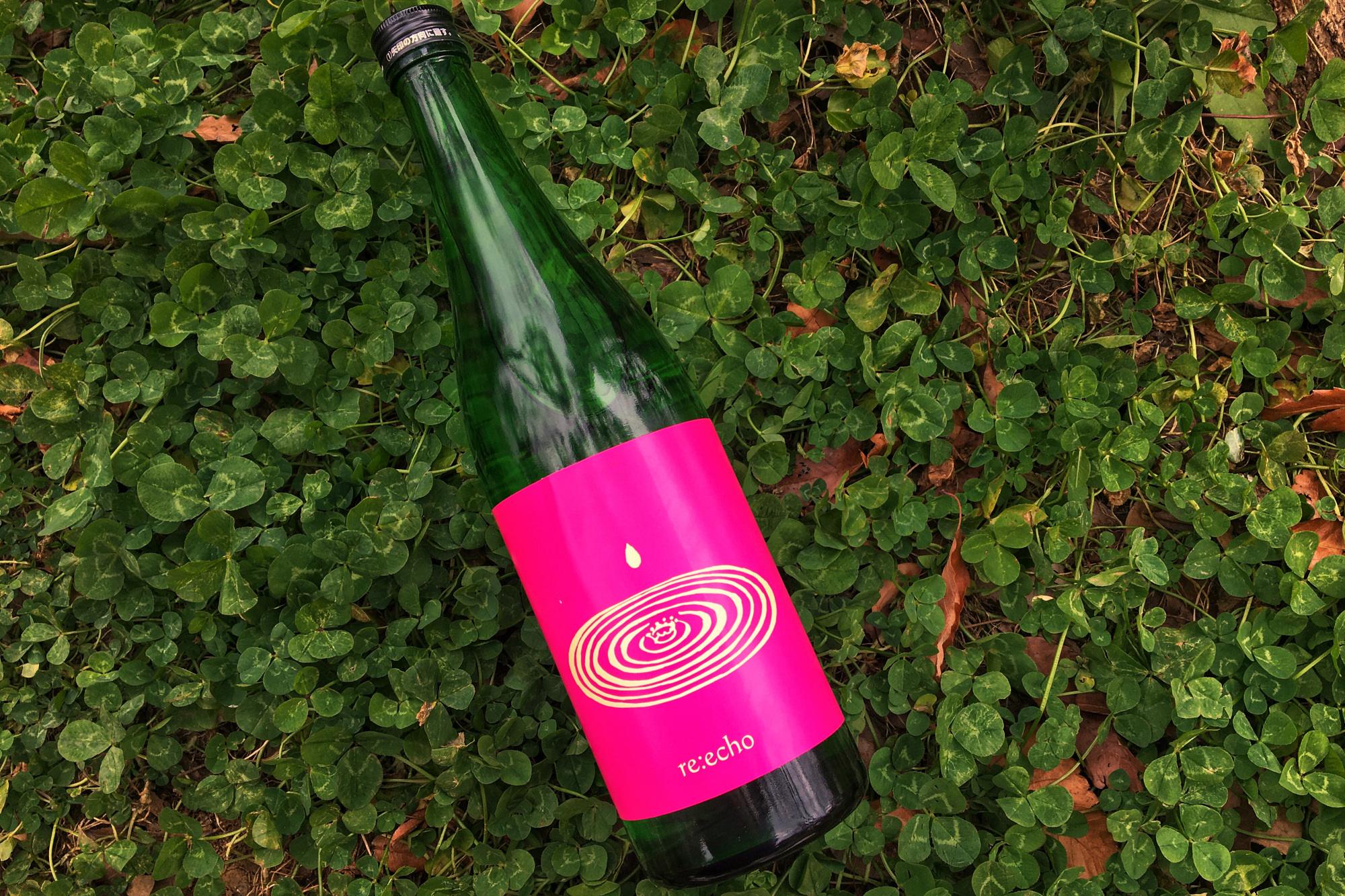When Kensuke Shichida took over as the sixth-generation head of Tenzan Shuzo brewery in the 1990s, the sake industry was struggling with a major image problem. Sales had dropped sharply from their peak in the 1970s, with Japanese consumers increasingly turning to beer, wine and whisky. The once-beloved brew was widely viewed as an "old man's drink," and the old-fashioned imagery that was frequently used to market the beverage did little to appeal to younger drinkers.
These days, sake is enjoying a new wave of popularity, thanks to improvements in quality, an ever-expanding variety of styles and the spread of sake education programs. The trend has been bolstered by sake booms in overseas markets such as the United States, China and Great Britain, as well as efforts to promote the drink by celebrities such as former football star Hidetoshi Nakata, whose Japan Craft Sake Company runs Tokyo's annual Craft Sake Week. Stylish specialty shops and bars abound in Japan's capital and major cities, and the brew appears on menus at top restaurants all over the country.
Today's average sake buyer is between the ages of 40 and 60, according to a global report published in 2019 by market research group Fortune Business Insights, which cites per capita income and middle-aged consumers' taste for luxury drinks as main factors. A recent survey of more than 2,000 Japanese drinkers conducted by the publication Sake Times revealed that despite an overall decline in sake consumption among people under 40, the number of women in their 20s who reported drinking sake more than four times a week doubled from 8 percent in 2017 to 16 percent in 2019. The figure for women in their 30s showed a similar increase, rising from 11 percent to 17 percent in the same period.



















With your current subscription plan you can comment on stories. However, before writing your first comment, please create a display name in the Profile section of your subscriber account page.